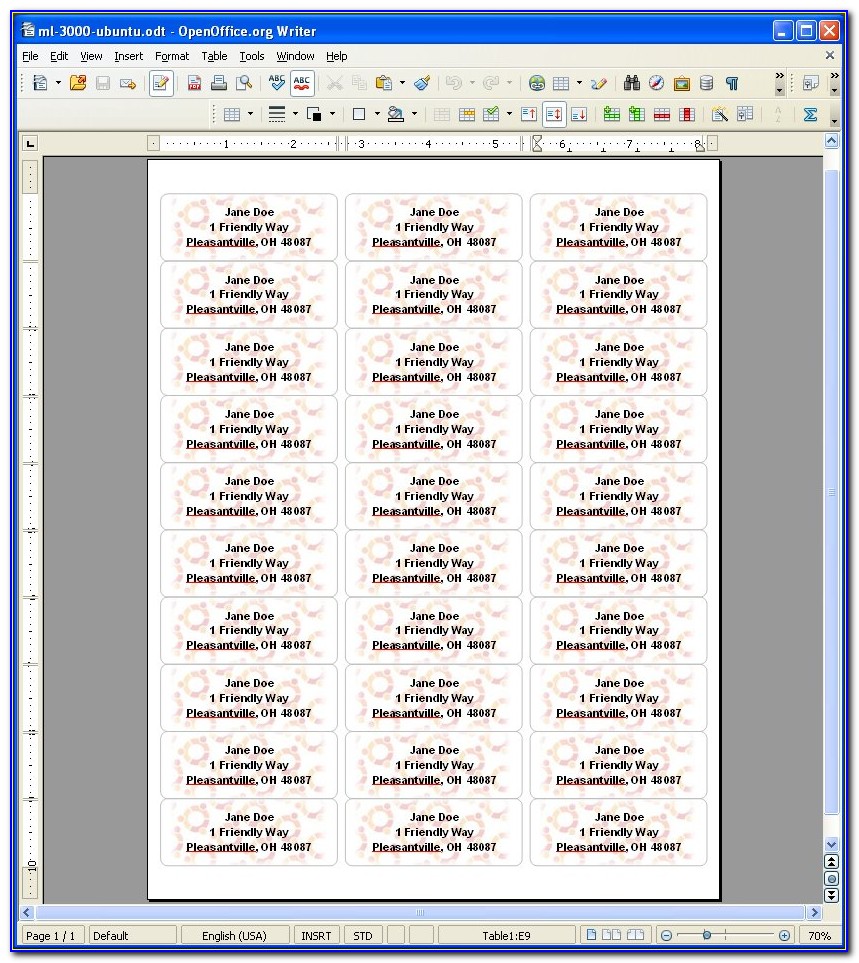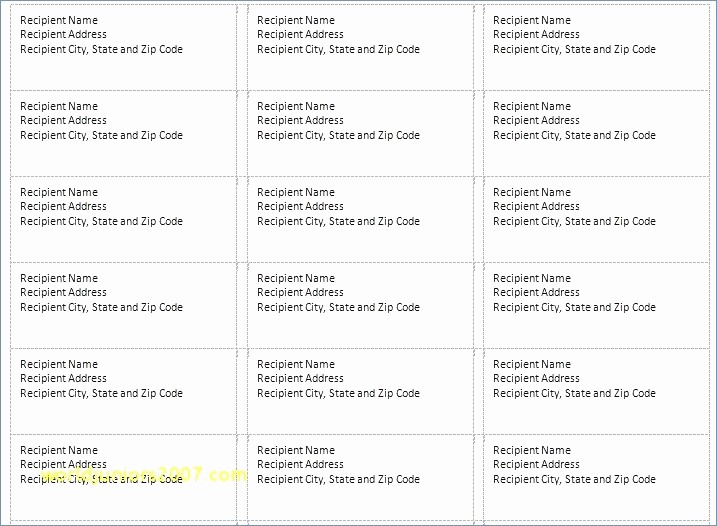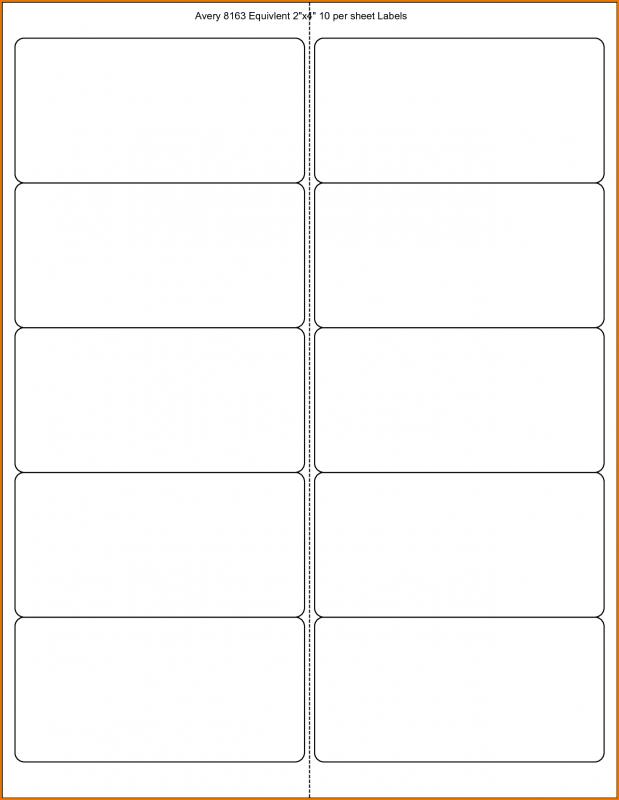
Pages templates are designed either for word processing or for page layout.

Every time you create a new document, you choose a template from the template chooser (shown below) as a starting point.Īfter you open a template, you can add your own text, replace placeholder graphics or delete them, and add new objects (tables, charts, text boxes, shapes, lines, and media). Placeholders give you an idea of what a document created with this template might look like when you use its text and object styles. If you can’t remove something from a documentĪ template is a predesigned set of elements for creating a document-a layout, placeholder text and images, and so on.Restore an earlier version of a document.Save a large document as a package file.Export to Word, PDF, or another file format.See the latest activity in a shared document.
 Change the look of chart text and labels. Add a legend, gridlines, and other markings. Change a chart from one type to another. Calculate values using data in table cells. Select tables, cells, rows, and columns. Fill shapes and text boxes with color or an image. Set pagination and line and page breaks. Format hyphens, dashes, and quotation marks. Format Chinese, Japanese, or Korean text. Use a keyboard shortcut to apply a text style. Create, rename, or delete a paragraph style. Bold, italic, underline, and strikethrough. Populate and create customized documents. Add, change, or delete a source file in Pages on Mac. Select text and place the insertion point. Use VoiceOver to preview comments and track changes. View formatting symbols and layout guides. Intro to images, charts, and other objects.
Change the look of chart text and labels. Add a legend, gridlines, and other markings. Change a chart from one type to another. Calculate values using data in table cells. Select tables, cells, rows, and columns. Fill shapes and text boxes with color or an image. Set pagination and line and page breaks. Format hyphens, dashes, and quotation marks. Format Chinese, Japanese, or Korean text. Use a keyboard shortcut to apply a text style. Create, rename, or delete a paragraph style. Bold, italic, underline, and strikethrough. Populate and create customized documents. Add, change, or delete a source file in Pages on Mac. Select text and place the insertion point. Use VoiceOver to preview comments and track changes. View formatting symbols and layout guides. Intro to images, charts, and other objects. 
It has been updated by the Macworld Staff to reflect the current version of Pages. Now you’re ready to print out your labels.Įditor’s note: This article was originally written by Jeffery Battersby. When you’re satisfied with your work, save your new label as a Pages template so you can use it again in the future ( File > Save as Template).
Alternative Row Color: Uncheck this box. You may not need to click all of the boxes. Gridlines: Click the boxes to deactivate them (they turn white). Table Outline: Select None from the pop-up menu. Then click the table the rows and columns labels should appear and a cell should not be outlined.Ĭlick on Format to open the Format Inspector. To make sure you have the table selected, click anywhere else on the document outside of the table the rows and columns labels should disappear. In Pages, click on the table, but make sure that you don’t have a single cell selected–if a single cell becomes outlined when you click on the table, then you’ve selected the cell. 
You can remove them now or you can remove them after you’ve filled the table with all the addresses you want labels for. Once you’re satisfied with the fit of your template, it’s time to remove the table gridlines.








 0 kommentar(er)
0 kommentar(er)
